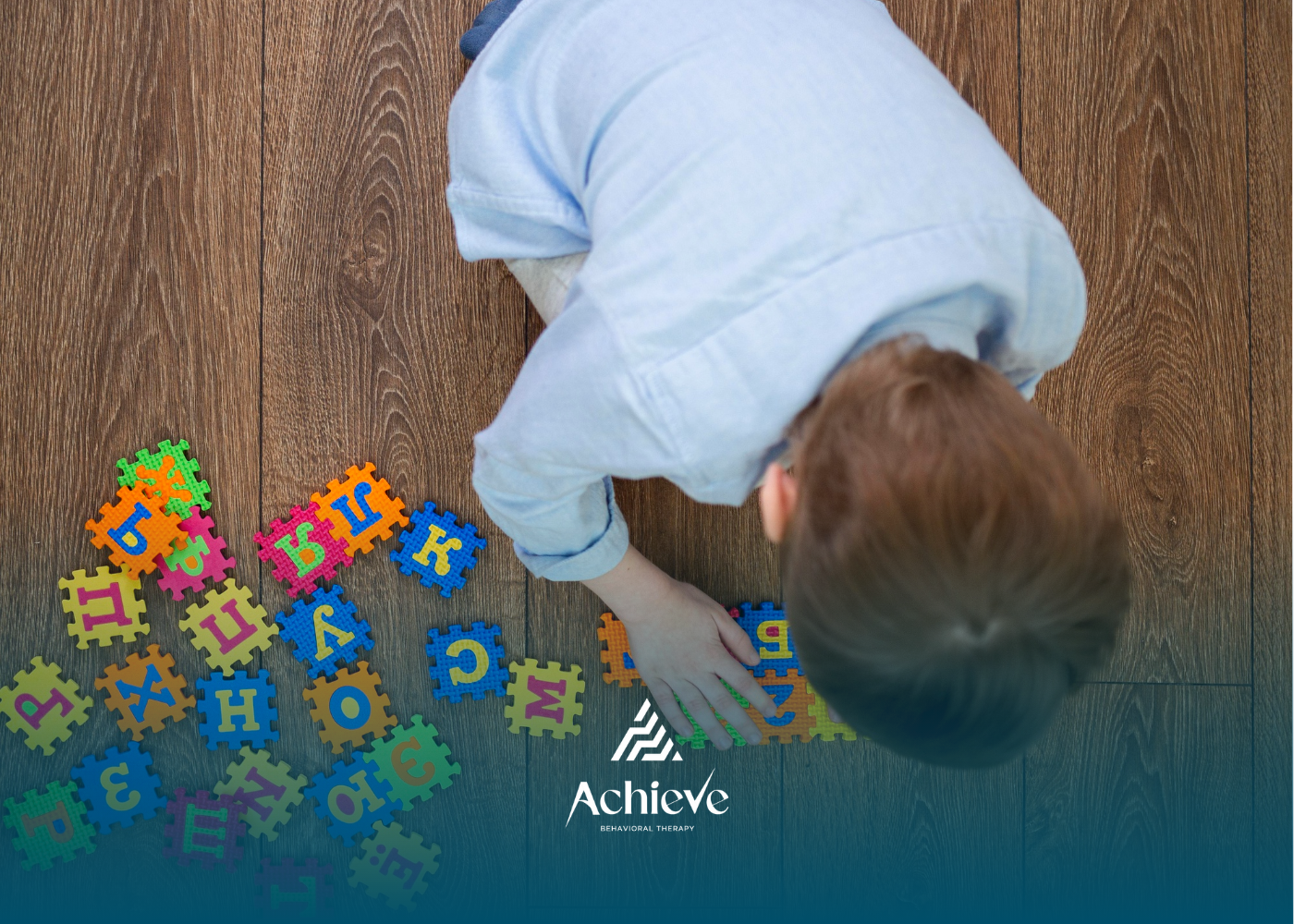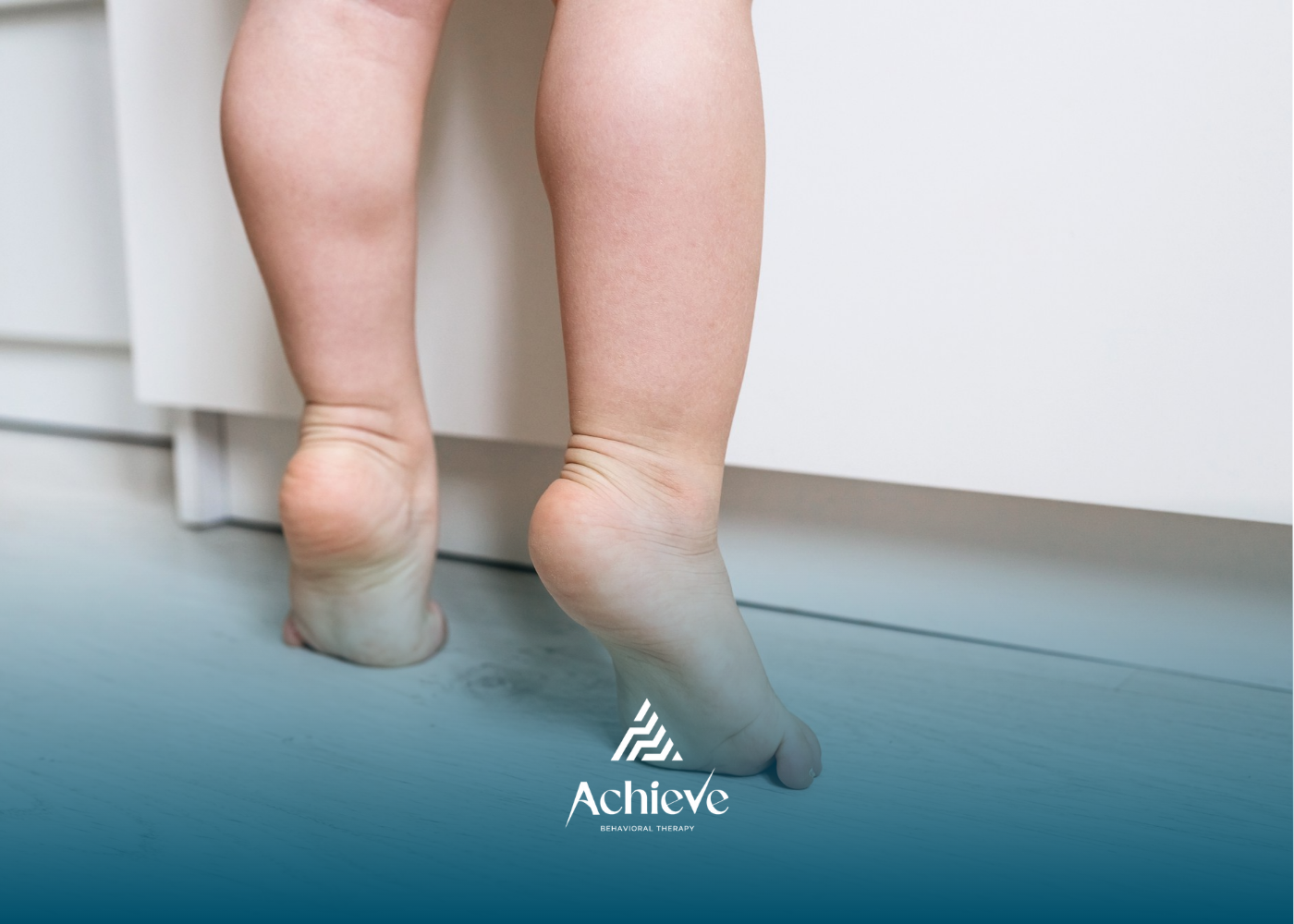What Is the Best Age to Start ABA Therapy? Early Intervention for Maximum Impact

The best age to start ABA (Applied Behavior Analysis) therapy is as early as possible — ideally between 18 months and 5 years old. Research shows that early intervention leads to the most significant improvements in communication, behavior, and daily living skills for autistic children.
During these early years, a child’s brain is still developing rapidly, making it the most effective time to build foundational skills. ABA therapy can help with language development, social interaction, emotional regulation, and school readiness. However, it’s important to note that ABA can be beneficial at any age — even for older children, teens, and adults.
Starting early doesn’t mean rushing into a diagnosis or treatment. It means paying attention to developmental milestones and seeking a professional evaluation if you notice delays or concerns. The earlier therapy begins, the more time your child has to grow with structured support.
At Achieve Behavioral Therapy, we specialize in early intervention and individualized care. Whether your child is just starting therapy or needs a more advanced plan, we’re here to guide your family every step of the way.
Frequently Asked Questions
What is the ideal age to begin ABA therapy?
Between 18 months and 5 years old.
Is it too late to start ABA after age 5?
No. ABA is effective for children, teens, and even adults.
Why is early intervention important?
Early therapy builds lifelong skills during critical brain development years.
Need Support?
We're Here to Help!
Our experienced team is ready to assist you. Reach out today to discuss how we can support your child's development and well-being.
Get started with expert ABA therapy today.










